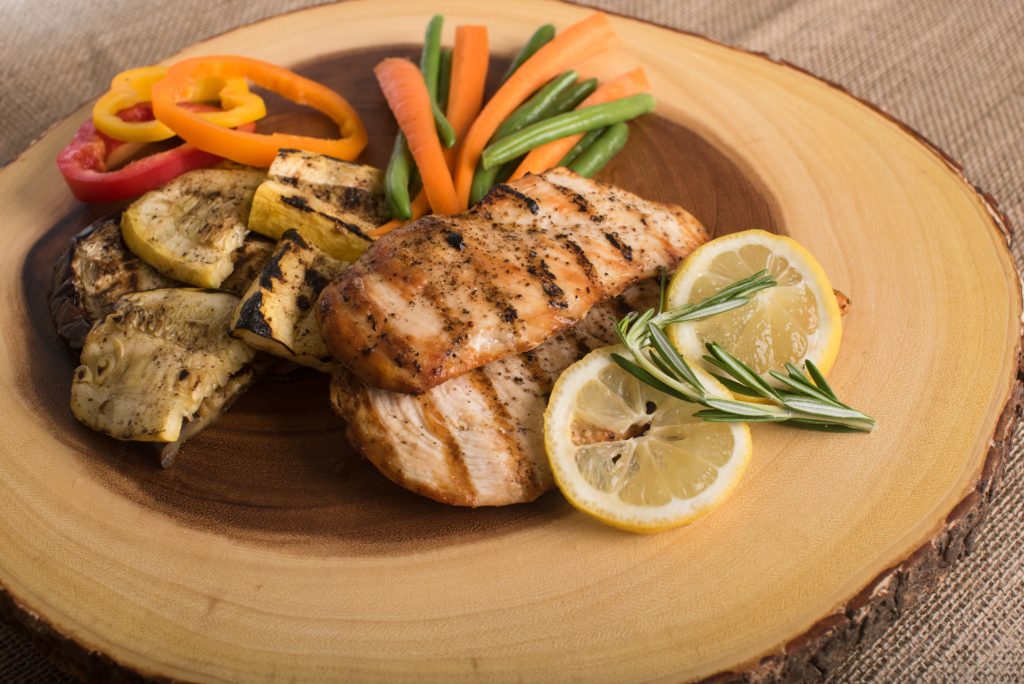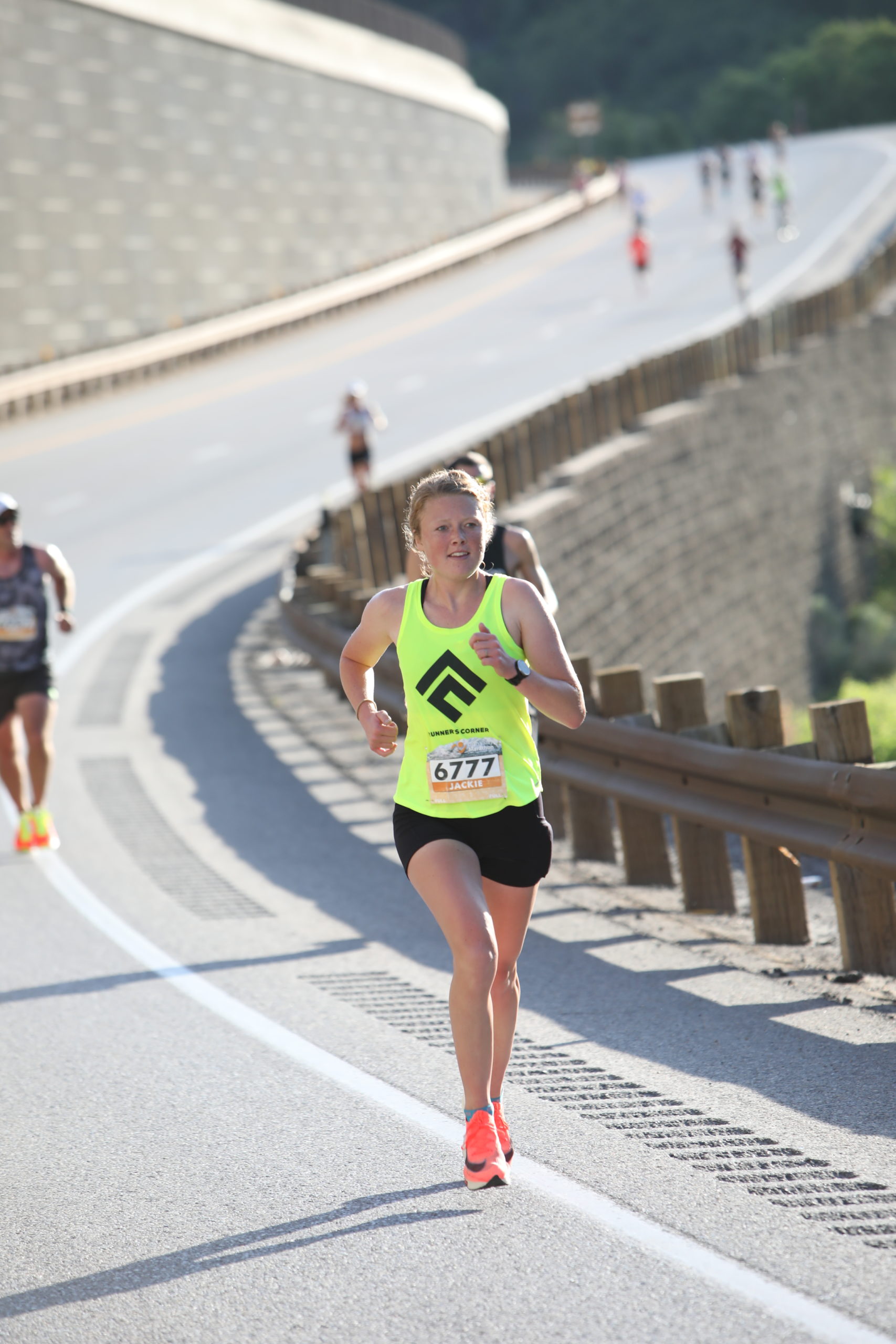Ferritin: What Is It? How Does It Effect Endurance Athletes?

You may have heard fellow athletes talk about their “ferritin levels”, but what does that even mean? What does a ferritin level tell you about your body & why is it important for athletes to monitor? Let’s dive in:
What Is Ferritin?
Ferritin is a protein found in our blood that is a valuable indicator of the iron stores in our body. This is the most reliable biomarker that helps a health professional diagnose iron deficiency or toxicity. Unlike other blood-health markers, ferritin depicts a more long-term story of what iron levels have looked like over the course of a few weeks vs. a few days. Iron helps transport oxygen throughout the body & supports various cellular processes (such as energy production) that are critical for overall health & optimal athletic performance.
For the general population, recommended ferritin levels (that do not indicate a deficiency or toxicity) are as follows:
Men: 24-336 mcg/L
Women: 11-307 mcg/L
However, for endurance athletes, some experts recommend a range of 40-150 mcg/L in order to achieve optimal performance. Make sure to discuss your results with a provider who understands the importance & increased need for iron in endurance athletes.
Why is iron deficiency common in athletes?
Athletes have an increased need for adequate iron levels & are at an increased risk for deficiency. One study found that by the end of a training block, 25% of all athletes (male & female) had less than optimal ferritin, some considered iron deficient.
There are a variety of reasons endurance athletes are at increased risk for iron deficiency. Here are few to consider:
-
Foot strike hemolysis
- After extremely hard endurance events or intense training, an athlete has spent a significant amount of time on their feet. Repetitive foot strikes can cause the red blood cells in an athlete’s foot to break. When there is inadequate rest between workouts (or no time to rest during a 100-mile race) mild anemia (low iron) can occur due to the breakdown of red blood cells & inability for the body to replenish them quickly enough.
-
Iron lost in sweat, urine, and/or feces following hard efforts
- Trace amounts of iron can be found in sweat, urine, and feces – particularly after an athlete has pushed themselves in extreme conditions. Recurring episodes of extra iron loss following races and workouts can add up to greater iron loss overtime.
-
Periods of rapid growth
- Iron demands are higher for athletes who are in a state of growth. Any adolescent athlete going through puberty (or about to) as well as pregnant athletes should take special care to assure their ferritin levels are adequate.
-
Training at high altitudes
- Training at higher altitudes puts an increased demand for oxygen on the body. When the body has a higher demand for oxygen, it also needs more iron in order to transport that oxygen.
-
Blood loss
- Occasionally an athlete may experience severe blood loss, or recurring blood loss in the forms of: injury, excessive blood donation, labor/delivery, and/or monthly menstrual cycles in biological females.
-
Gastrointestinal (GI) disorders
- Oftentimes GI disorders such as Celiac Disease or Chron’s Disease can cause internal bleeding within the GI tract. Excessive amounts of GI bleeding can lead to excessive blood loss, which can contribute to low levels of iron. This also applies to athletes who may experience GI bleeding after pushing their bodies during an extremely difficult race or workout.
-
Not eating enough foods with heme iron
- Heme iron is the most absorbable form of iron found in food. Red meat & liver are the best sources of heme iron, followed by other meats such as chicken, pork, and turkey. Other plant-based iron sources exist (leafy greens, navy beans, fortified cereals, etc.), but are not the easiest way for our body to obtain the iron we need from the food we eat. Vegan and vegetarian athletes are at particular risk for iron deficiency due to their lack of consumption of heme iron foods.
What can I do if my ferritin is low?
Luckily, increasing ferritin levels can be a relatively simple fix for athletes. Depending on how low your ferritin levels are, your doctor and dietitian may recommend a variety of treatment methods.
Ideally, focusing on a “food first” method for obtaining optimal ferritin levels is the goal. Focus on incorporating 1-2 more servings of heme iron into your diet each week. Pair your iron-rich foods with foods rich in vitamin-C, as vitamin C increases iron absorption rates. Avoid pairing your iron-rich foods with calcium, as calcium decreases iron absorption rates.
If a “food first” method is inadequate for one reason or another, your doctor or dietitian may recommend taking a daily iron supplement. I typically recommend the form of iron called “iron bisglycinate chelate” to my clients because it is well absorbed and better tolerated by the gut than other forms of iron out there. Make sure your supplement brand is 3rd party tested and/or NSF certified to assure your product is safe & contains what it says it contains on the label.
In severe cases, your doctor may recommend that you undergo a few iron transfusions, an easy procedure that will give you a large boost of iron in extreme circumstances.
Wrapping up
Ferritin is an important biomarker for athletes to monitor in order to assure optimal athletic performance. Endurance athletes in particular are at an increased risk for developing iron deficiency anemia, and focusing on incorporating iron-rich foods more regularly into an athlete’s diet is an ideal way to treat and prevent iron deficiency for an athlete.
References
- Knovich MA, Storey JA, Coffman LG, Torti SV, Torti FM. Ferritin for the clinician. Blood Rev. 2009 May;23(3):95-104. doi: 10.1016/j.blre.2008.08.001. Epub 2008 Oct 2. PMID: 18835072; PMCID: PMC2717717.
- Ferritin test. Mayo Clinic. Updated December 28, 2021. Accessed Dec 12, 2022.
- Carl Valle. Avoiding the Crash: How Monitoring Iron Status Can Save Your Season. Updated September 28, 2021. Accessed December 12, 2022.
- Reinke S, Taylor WR, Duda GN, von Haehling S, Reinke P, Volk HD, Anker SD, Doehner W. Absolute and functional iron deficiency in professional athletes during training and recovery. Int J Cardiol. 2012 Apr 19;156(2):186-91. doi: 10.1016/j.ijcard.2010.10.139. Epub 2010 Dec 9. PMID: 21145121.
- Position of the Academy of Nutrition and Dietetics, Dietitians of Canada, and the American College of Sports Medicine: Nutrition and Athletic Performance. J Acad Nutr Diet. 2016;116(3):501-528.
- Iron: Fact Sheet for Health Professionals: National Institutes of Health: Office of Dietary Supplements. Updated February 28, 2020.
- Vitamin C: Fact Sheet for Health Professionals: National Institutes of Health: Office of Dietary Supplements. Updated February 28, 2020.
- Fazal AA, Whittemore MS, DeGeorge KC. Foot-strike haemolysis in an ultramarathon runner. BMJ Case Rep. 2017 Dec 13;2017:bcr2017220661. doi: 10.1136/bcr-2017-220661. PMID: 29237656; PMCID: PMC5728222.
Advertisement

Jackie Hendrickson RD, MPH is a registered dietitian with a Masters Degree in public health nutrition from Utah State University. Jackie is the owner of Enduura Nutrition and loves coaching her athletes to their athletic potential through sustainable training & nutrition principles. She is an avid road & trail marathoner with a background in collegiate track, cross country, and competitive swimming. Jackie and her husband, Adam, were teammates in college and continue to pursue their running goals together. They live in beautiful Ogden, Utah with their 2 year old son, Lincoln.









